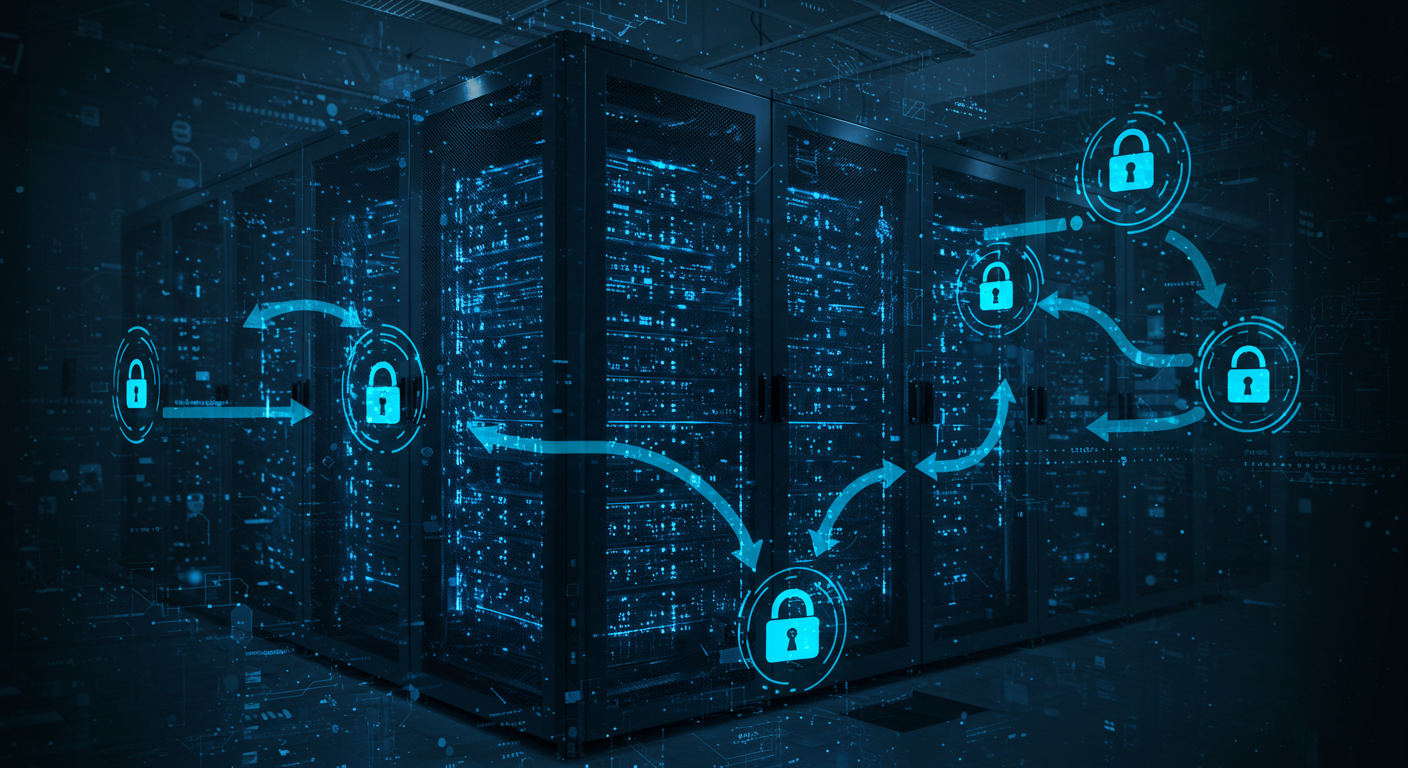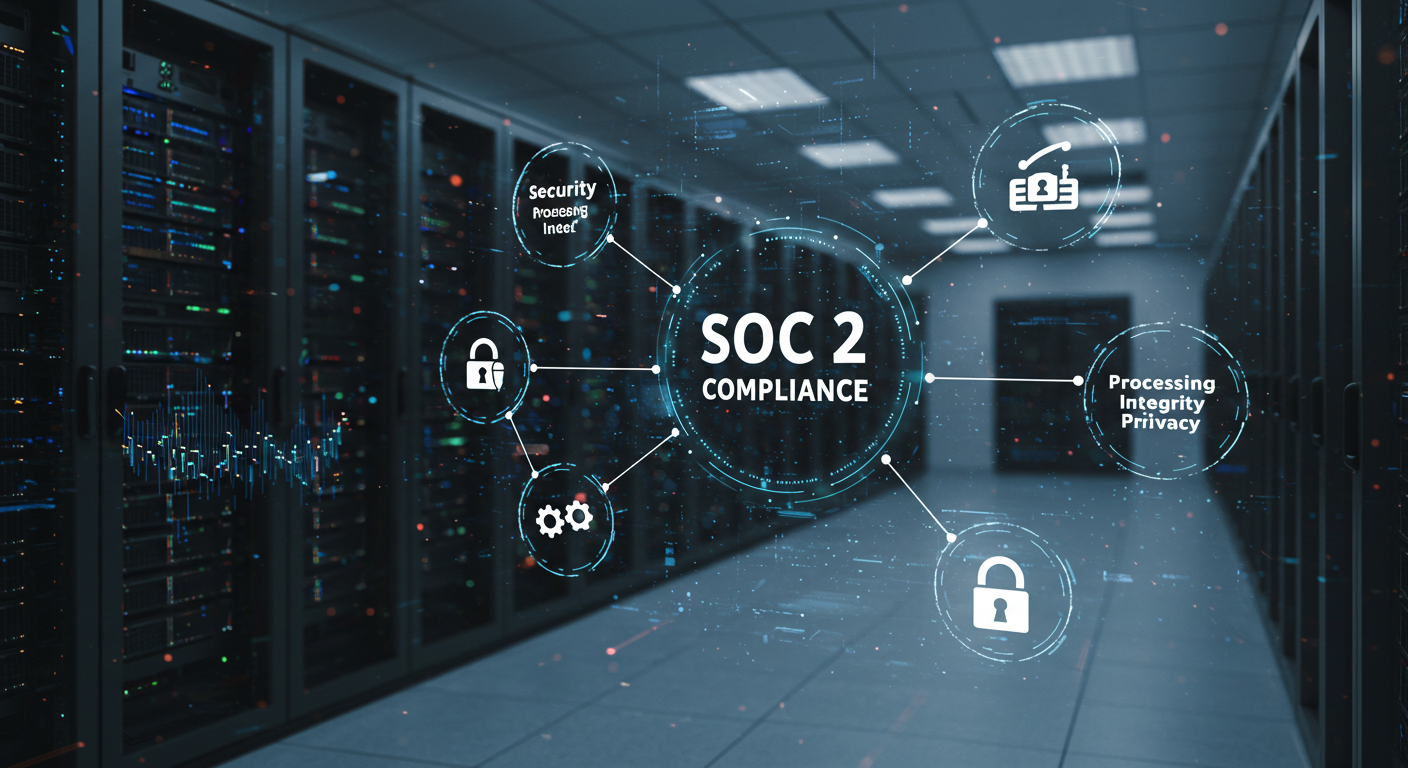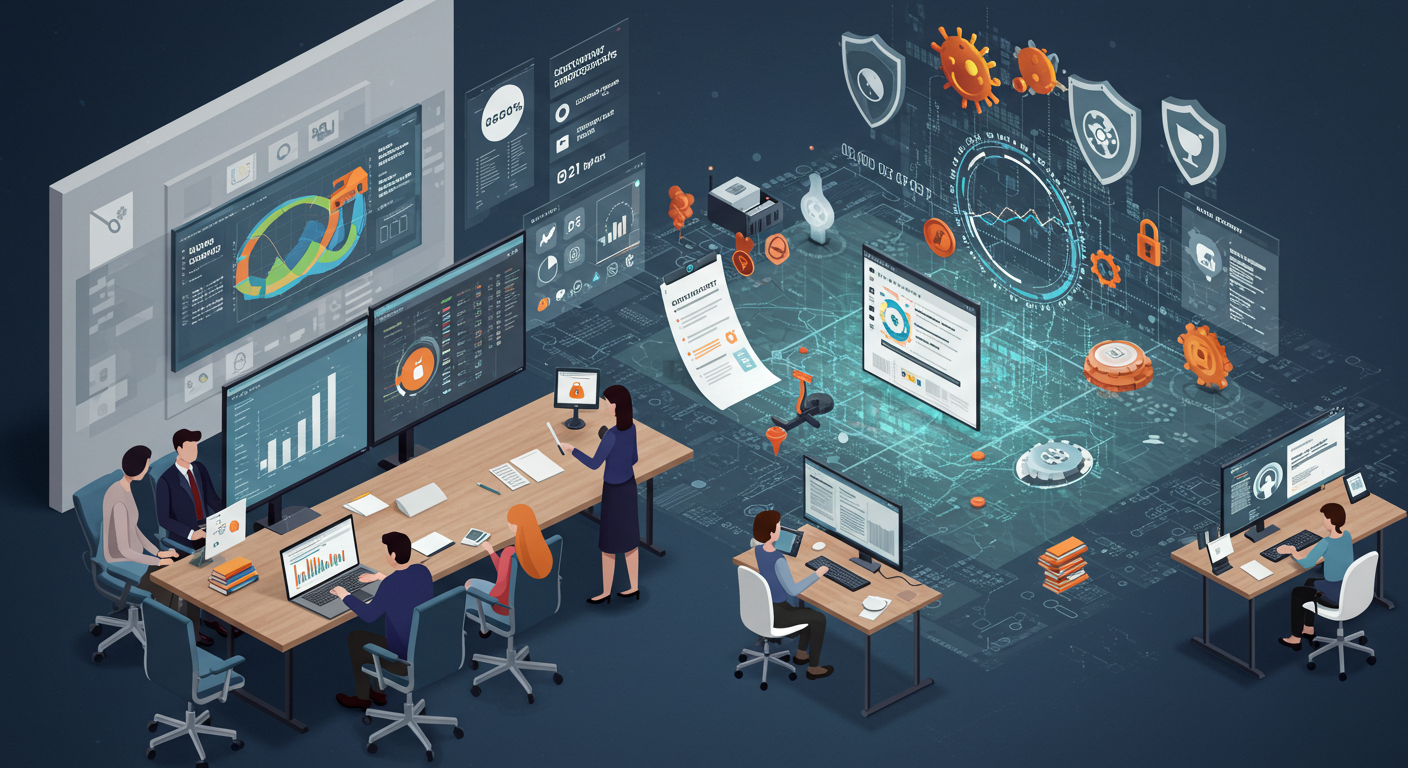Achieving ISO 27001 certification is one of the most effective ways for tech companies to demonstrate their commitment to information security. It’s more than a compliance checkbox—it’s a strategic investment that reinforces trust, mitigates risk, and opens the door to global opportunities.
This ISO 27001 certification guide breaks the process down into clear, actionable phases for tech executives. Whether you’re a CTO, CISO, or compliance leader, this roadmap will help you navigate the certification process with clarity and confidence.
For companies seeking expert support, BlueSteel Cyber offers tailored cybersecurity solutions and ISO 27001 Certification services to help organizations achieve and maintain compliance efficiently.
Why ISO 27001 Certification Matters for Tech Organizations
Market Credibility and Customer Trust
For B2B tech providers, especially those handling sensitive or regulated data, ISO 27001 is a recognized signal of maturity. Buyers increasingly expect vendors to prove their security posture. Certification reassures clients that your company has a structured, externally validated process for managing information risk.
Regulatory Alignment and Global Recognition
ISO 27001 is internationally recognized. It aligns closely with regulations such as GDPR, HIPAA, and other privacy and security frameworks. For companies operating in multiple jurisdictions—or planning global expansion—it provides a scalable foundation for broader compliance efforts.
Risk Reduction and Security Governance Maturity
Beyond external validation, ISO 27001 helps organizations reduce internal risk. It enforces rigorous assessment, formalizes roles and responsibilities, and promotes an ongoing process of risk-based decision-making. For executive teams, it’s a tool for governance and operational excellence.
Overview of the ISMS and Annex A Controls
What Is an Information Security Management System (ISMS)?
An ISMS is the backbone of ISO 27001. It is a structured set of policies, procedures, and practices that governs how an organization manages sensitive data. It covers everything from physical and digital security to HR practices and third-party management.
High-Level Structure of ISO 27001
The ISO 27001 standard is organized into a core set of clauses (0–10), with clauses 4 through 10 defining the mandatory requirements of the ISMS. These include:
- Clause 4: Context of the organization
- Clause 5: Leadership
- Clause 6: Planning
- Clause 7: Support
- Clause 8: Operation
- Clause 9: Performance evaluation
- Clause 10: Improvement
These clauses require clear documentation and evidence of planning, execution, and monitoring.
The Role of Annex A and Its Control Domains
Annex A provides a list of 93 controls, organized into four domains:
- Organizational
- People
- Physical
- Technological
These controls are not all mandatory but must be evaluated through a Statement of Applicability (SoA) to determine which ones apply based on your risk assessment. Familiarity with Annex A controls is essential for designing a compliant ISMS.
Phase 1: Planning and Leadership Buy-In
Appointing an Executive Sponsor and Cross-Functional Team
Every successful ISO 27001 journey begins with leadership. Appoint an executive sponsor (typically a CISO, CIO, or CTO) who can secure budget and cross-functional support. Build a project team that includes representatives from IT, security, HR, legal, and operations.
Defining Scope and Objectives
Clearly define the scope of your ISMS. Will it apply to a single product line, a business unit, or the entire organization? Consider:
- Physical locations
- Information systems
- Services provided
- Types of data processed
Scope creep is a common risk—be intentional and specific.
Creating an ISO 27001 Project Roadmap
Establish a realistic timeline and break the process into phases:
- Initial readiness and scoping
- Risk assessment
- Documentation and control implementation
- Internal audit and management review
- Certification audit
Expect 6–12 months from start to certification, depending on your company’s complexity.
Phase 2: Risk Assessment and Gap Analysis
Identifying Assets, Threats, and Vulnerabilities
Conduct a comprehensive inventory of your information assets, then assess the threats and vulnerabilities associated with each one. This step is essential for developing your risk treatment plan.
Key assets may include:
- Customer databases
- Cloud environments
- Source code repositories
- Laptops and mobile devices
- HR and financial records
Comparing Current Practices to ISO 27001 Controls
This is where the ISO 27001 roadmap gets tactical. Use a gap analysis to compare your current security posture to ISO’s required clauses and relevant Annex A controls.
Tools like compliance automation platforms or consultants like BlueSteel Cyber can accelerate this phase.
Creating a Risk Treatment Plan
Once you’ve assessed risks, decide whether to:
- Accept
- Avoid
- Transfer
- Mitigate
The treatment plan must be documented and approved by leadership. It serves as the foundation for your ISMS implementation.
Phase 3: Documentation and Control Implementation
Required ISMS Documentation
ISO 27001 requires extensive documentation, including:
- Information Security Policy
- Risk Assessment and Treatment Methodology
- SoA (Statement of Applicability)
- Incident Management Procedures
- Access Control Policy
- Roles and Responsibilities
- Internal Audit Program
This documentation must be version-controlled, accessible, and regularly reviewed.
Implementing Technical, Physical, and Administrative Controls
Controls can include:
- Multi-factor authentication
- Data encryption
- Secure coding practices
- Network segmentation
- Physical access controls
- Employee background checks
- Vendor due diligence
Aligning with Annex A
Use the SoA to map which Annex A controls are applicable. For each, document:
- Whether it applies
- How it’s implemented
- Where evidence is stored
This is one of the most critical steps in the ISMS implementation process.
Phase 4: Internal Audit and Management Review
Preparing for the Internal Audit
Before the official certification audit, you must conduct an internal audit. This ensures the ISMS is operating effectively and all documentation and controls are in place.
The internal auditor can be:
- An internal team member (trained and independent of the ISMS)
- An external consultant
Document all findings and corrective actions.
Conducting the Audit and Remediating Findings
Review control effectiveness, evidence, and policy adherence. Any nonconformities must be corrected and documented before proceeding.
Documenting the Management Review Process
Leadership must conduct a formal review of ISMS performance, risks, and improvement opportunities. This review must be documented and is required before the external audit.
Phase 5: External Certification Audit
Choosing a Certification Body
Select an accredited certification body with experience in your industry and systems. Vet candidates based on:
- Reputation and industry focus
- Availability and audit scheduling
- Cost and support
What Happens During the Audit
The audit is split into two stages:
- Stage 1: Review of documentation and readiness
- Stage 2: In-depth review of control effectiveness and operations
The auditor will assess whether your ISMS meets ISO 27001 requirements and whether controls are effectively implemented.
Post-Audit Recommendations and Maintaining Certification
If successful, certification is valid for three years, with annual surveillance audits. To maintain certification:
- Continuously monitor and improve your ISMS
- Conduct internal audits annually
- Keep documentation and controls up to date
Conclusion
ISO 27001 certification isn’t just a compliance checkbox—it’s a blueprint for managing information security with intention, structure, and accountability. For tech executives, it offers a tangible way to protect customer data, earn stakeholder trust, and support scalable, secure growth.
By following this step-by-step ISO 27001 certification guide, tech leaders can lead with clarity, ensure cross-functional alignment, and build an ISMS that delivers real operational value.
To get expert help with planning, gap assessments, documentation, or audits, explore ISO 27001 Certification services from BlueSteel Cyber. Or contact BlueSteel to start building your roadmap to certification today. For broader security needs, check out our full range of cybersecurity solutions.







